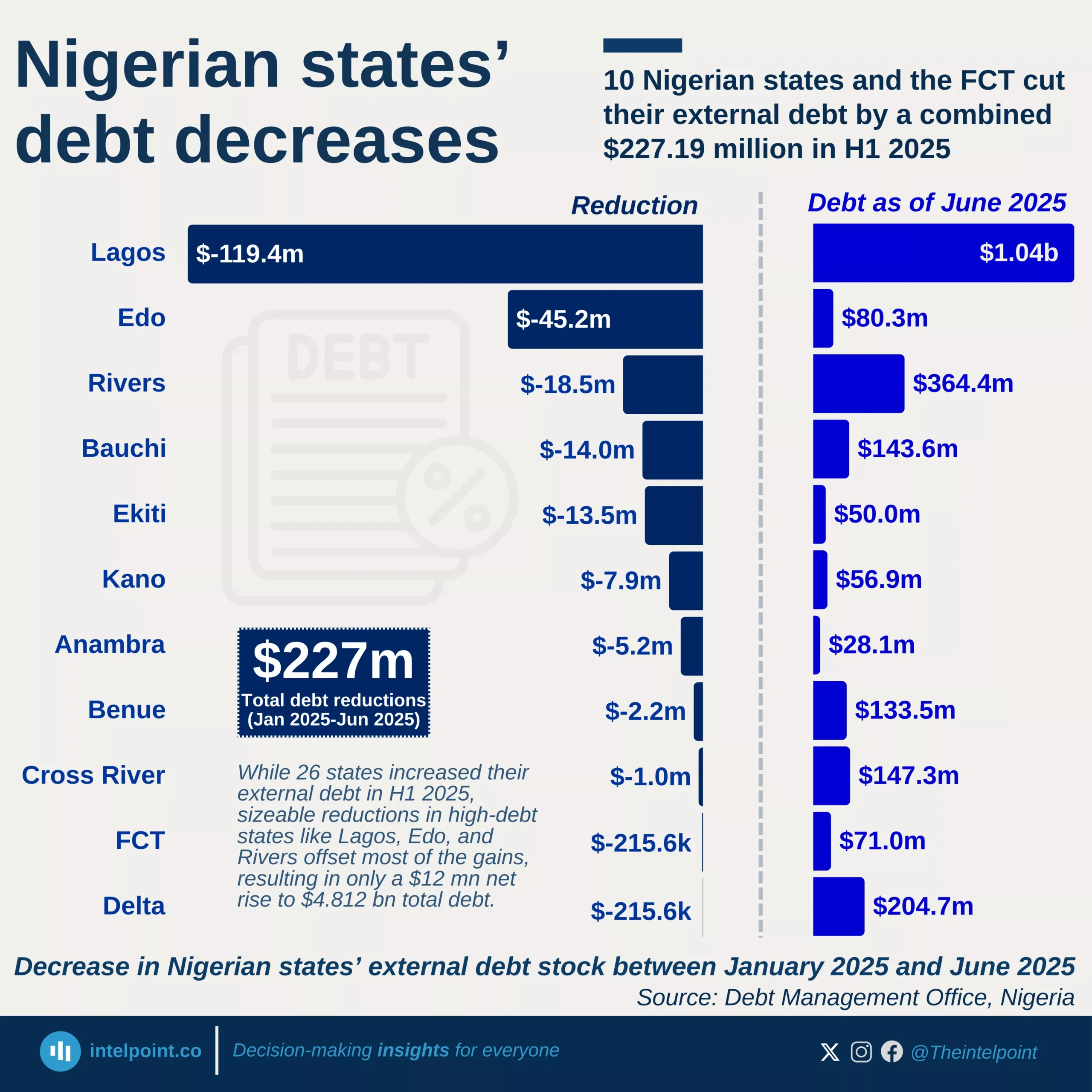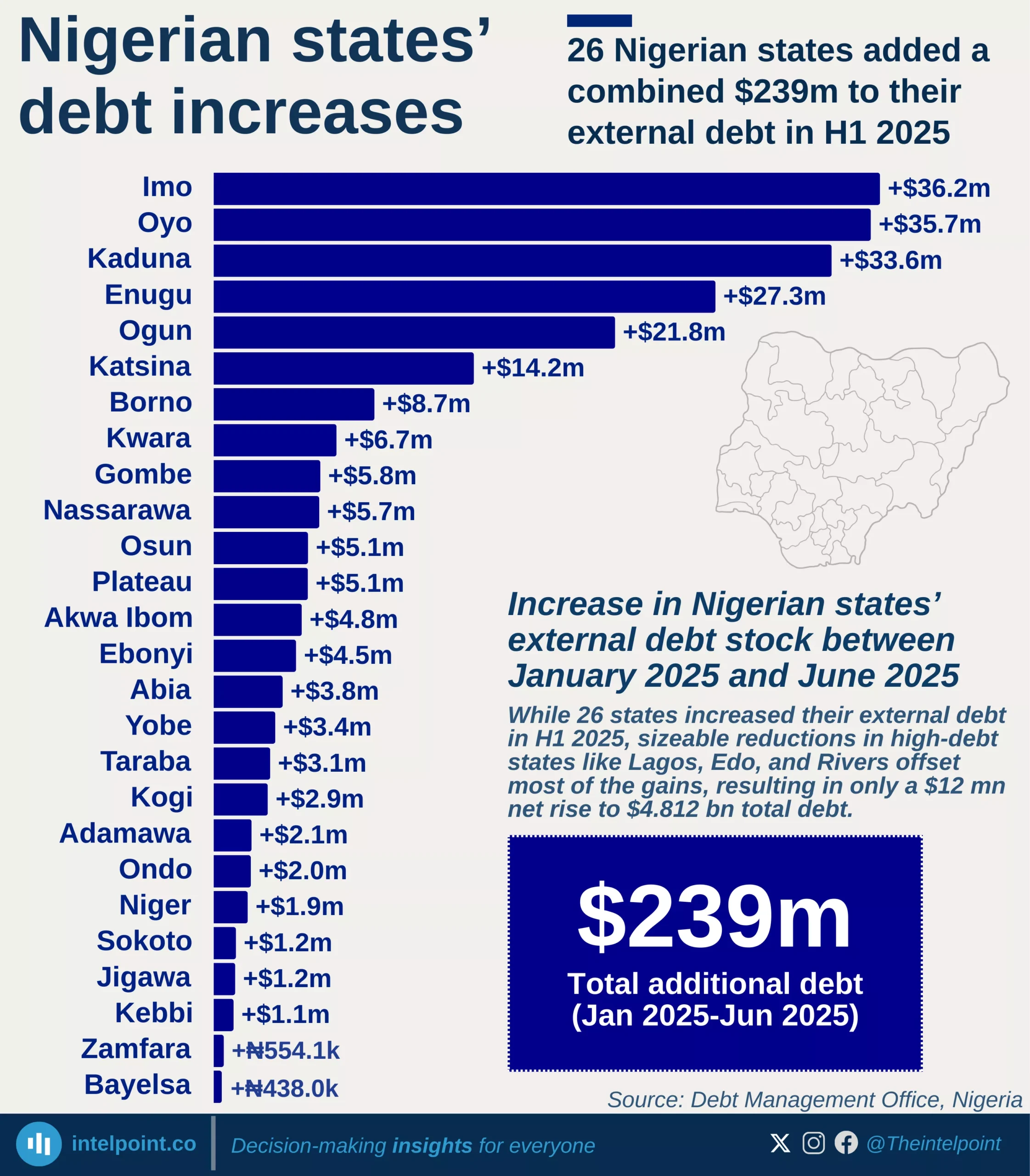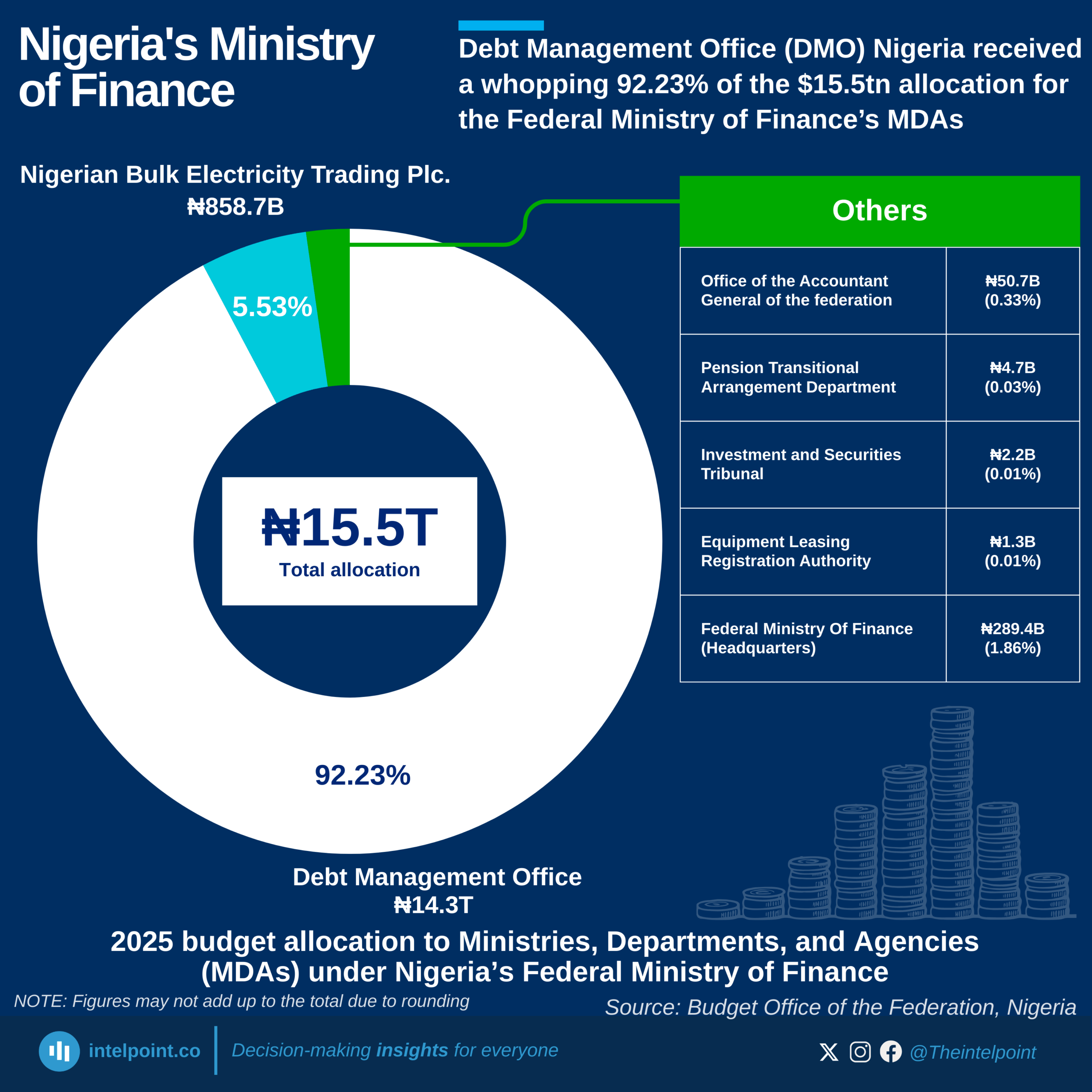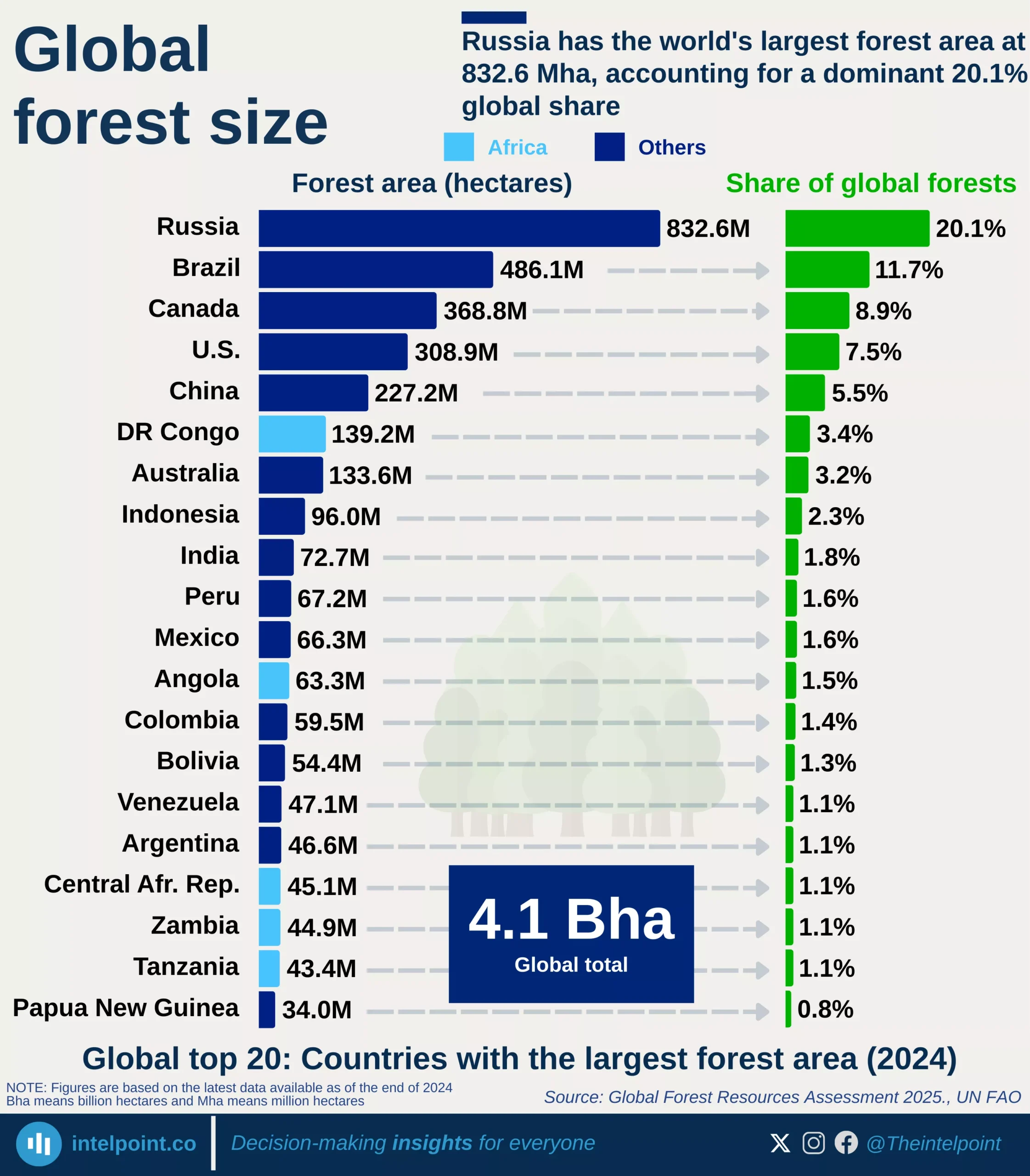Since Olayemi Cardoso took office as CBN governor, the Monetary Policy Committee has raised the interest rate from 18.75% to 27.5% across six meetings in 2024, beginning with a sharp 400 basis points hike in February. The pace of tightening slowed progressively through the year, and since November 2024, the rate has been held steady at 27.5% across four MPC meetings in 2025, signalling a shift from aggressive inflation-fighting to a more cautious, stabilisation-focused approach.





